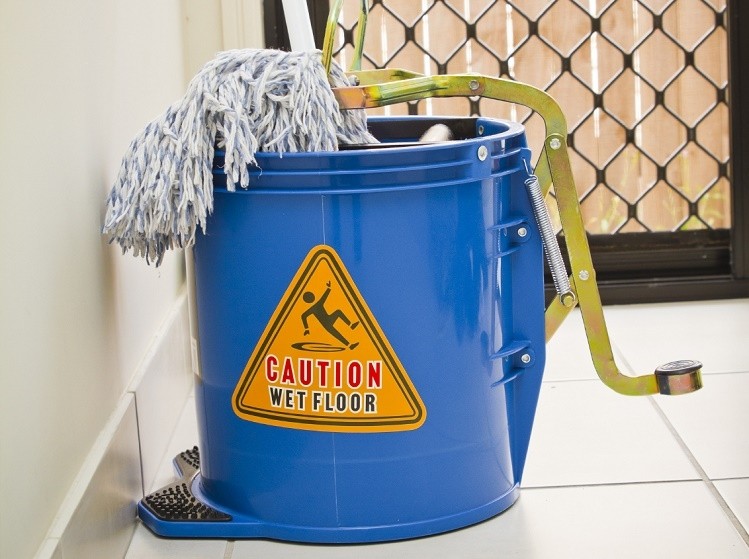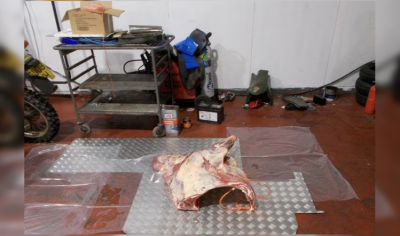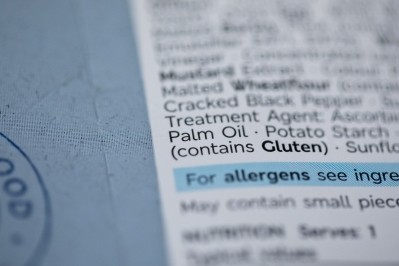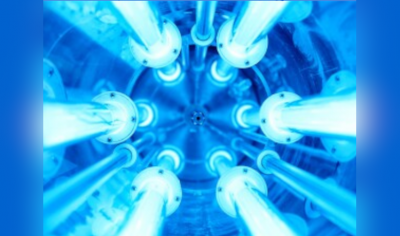Cleaning to prevent allergen cross contamination

Since every contamination can be different, careful consideration must be made into which type of cleaning activity is needed in each situation. Informing these decisions are a bevy of tests that can help identify the type of allergen involved in the contamination.
For example, disinfectants are ineffective in the management of allergens, since allergens as proteins are not alive and cannot be killed via this method.
DNA testing can help identify allergens but cannot distinguish between two contaminants that came from the same sauce animal – milk proteins and the presence of beef, or chicken meat and the presence of egg protein.
Verification testing
To undertake verification testing for allergen presence or absence the only available technology is that based on antibody assessment using either lateral flow or flow-through tests specific to the allergenic protein of concern.
“These tests are currently the best available technology for real-time rapid testing and while they have their limitations their use is highly recommended,” said Littleton.
“Results are typically delivered in under 10 minutes with limits of quantification around the low PPM level, these results can be documented via photography and recording on monitoring reports.”
ATP testing is often used as non-specific hygiene monitoring tool whereby the level of organic debris present on a surface can be readily assessed utilising a biochemical mechanism that highlights the debris.
Allergen threat remains
However, as mentioned before, proteins are not alive and as such do not contain ATP. This could mean an area would appear clean if a manufacturer relied on these tests alone, but allergens threaten to remain.
“As a rule of thumb, if there is significant organic debris present then it is highly likely that allergenic protein remains, however the reverse is not always the case,” Littleton added. “For this reason, users are advised not to rely on ATP assessment alone for verifying cleaning standards where allergens are involved.
“Choosing the right chemical and enzyme-based products for the type of surface and following this with a well-designed and executed hygiene validation and verification regime will give the food producer peace of mind and a high degree of control over the safe and hygienic manufacture of its products. In the end, allergen management is all about the standard of cleaning.”
The right product for the job
There are a range of products available for the elimination of allergens, based on enzymes and combinations of specific chemicals.
These are characterised in the following way:
- Efficacy against the main allergens
- Decomposition and elimination of proteins and fatty residues
- Neutral pH, non-corrosive for materials and low risk for the operator
- Biodegradable – environmentally friendly
- Validated – products that are tested against the most relevant allergens by external labs















